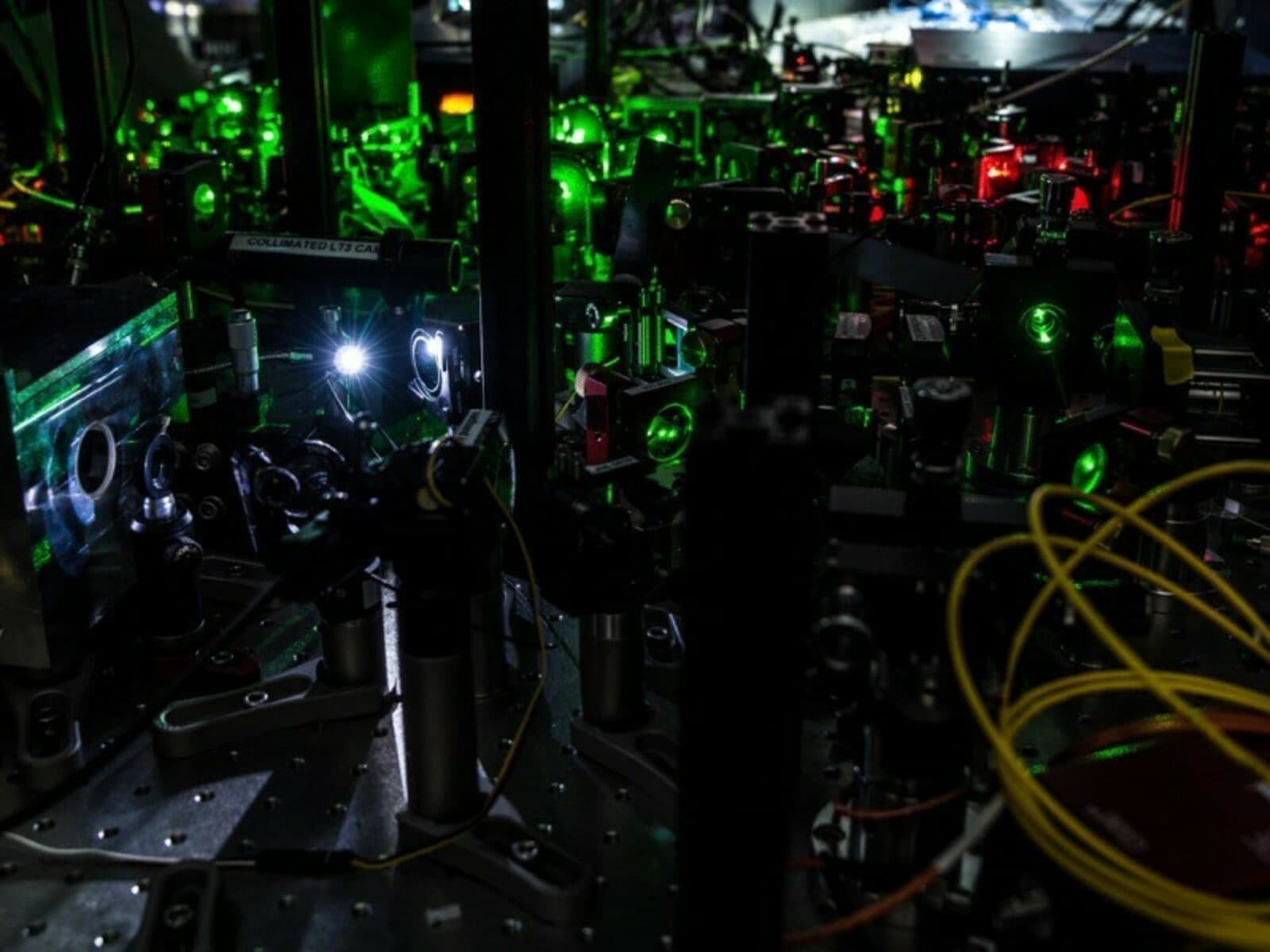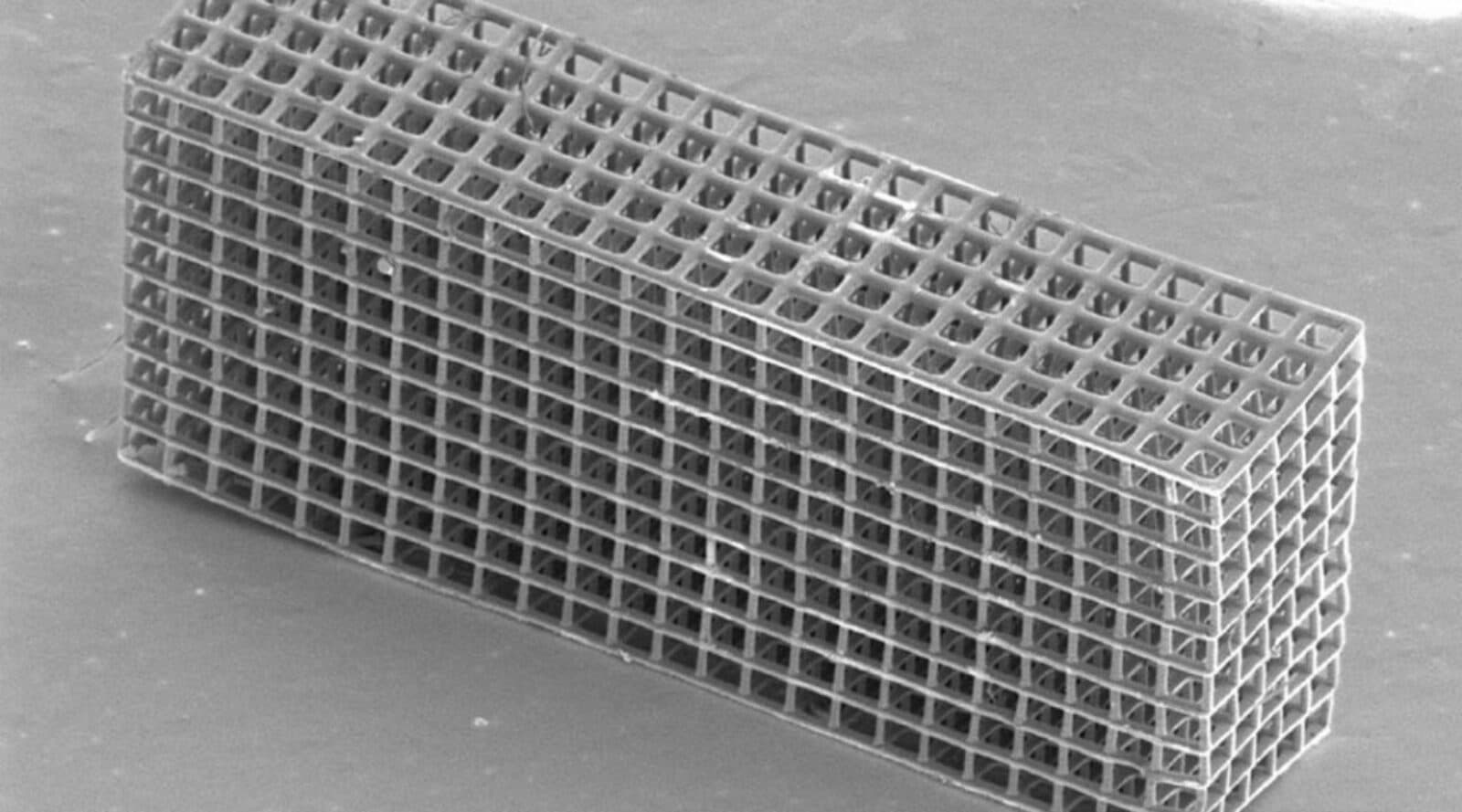A Marriage of Opposites
by Alan S. Brown
A material that has seemingly impossible properties and other news from the Kavli Institutes in Nanoscience

The Author
The Researchers
This month starts with congratulations to Paul Alivisatos, who returns to his alma mater, University of Chicago, as its president. Currently UC Berkeley’s executive vice chancellor and provost, Alivisatos founded the Kavli Energy Nanoscience Institute at Berkeley, which brought together world-renowned investigators at both UC Berkeley and Berkeley Lab, which he headed for seven years. In science news, we look at a material that has seemingly impossible properties—and that could open a new world in electronics and quantum computing. We also highlight at an easier way to create three-party quantum networks and take a closer look antibiotic tolerance.
A marriage of opposites
Imagine a material that combines two properties that should be mutually exclusive. That is exactly what a team of scientists led by Kavli Institute at Cornell for Nanoscale Science engineers Debdeep Jena and Grace Xing has found in a humble nitride semiconductor. The material exhibits both superconductivity (lack of electrical resistance) and the quantum Hall effect (the creation of electrical resistance in a magnetic field). Jena likens magnetic fields to kryptonite for superconductivity and the Hall effect shows up in semiconductors only at large magnetic fields. The key to their findings was creating a highly perfect layers of gallium nitride and niobium nitride. This enabled them to use a smaller magnetic field to produce the quantum Hall effect in one material without disrupting the superconductivity found in the other. The research could lead to broader use of nitrides in electronics and quantum computing.
Three’s an (entangled) party
Researchers are chasing after quantum networks, and for good reason. A quantum Internet would enable ultrasecure—unhackable by electronic means—communications, create new types of sensor (including one for gravitational waves), and make possible telescopes with unequalled resolution. Now, Ronald Hanson, a member of the Kavli Institute of Nanoscience Delft, has taken a big step forward in that direction. Hanson—and many others—have shown they can entangle a nitrogen defect in a diamond crystal with a photon emitted it emits. Entangling correlates the two quantum states with one another so they always measure the same, which lets them communicate securely. The hard part has always been adding a third quantum state. Hanson does this by storing the nitrogen’s quantum state in a carbon memory. This frees the nitrogen to entangle with another with a third node on the network. While the system is by no means practical, it does offer an easier way to add nodes to a quantum network.
Understanding antibiotic tolerance
Antibiotic tolerance enables bacteria to survive exposure to antibiotics While the medication may suppress their activity, the bacteria never go away, and infections can persist after treatment. Now, a group of Cornell researchers have identified one mechanism that enables bacteria to tolerate penicillin and related antibiotics. Ordinarily, these antibiotics break down bacterial cell walls, but some viruses, like the one that causes cholera, have a two-step system (poetically named, VxrAB) that rebuilds its walls. The researchers identified and removed that mechanism in cholera bacteria. Once the wall was breached, the bacteria became confused and essentially poisoned themselves by loading up on too much iron. Now the researchers, who include biomedical engineer Ilana Brito, a member of the Kavli Institute at Cornell for Nanoscale Science, hope to develop new therapies that would work with antibiotics to target VxrAB.
Printing better batteries
Everyone wants more powerful, longer-lasting lithium-ion batteries for cellphones, cars, and green energy. The problem is that amount of energy that can be stored (energy density) and the rate of energy release (power density) are usually tied to one another in the flat electrodes found in conventional batteries. Julia Greer, director of the Kavli Nanoscience Institute at Caltech, thinks there may be a way around it. The answer is to create complex, open electrode structures—think Eiffel Tower-type scaffolding—that store more energy without forcing electrons to travel through thick slabs of electrode. Instead of trying to make the carbon structures directly, Greer’s team prints them—with microscale and nanoscale structures—out of polymers. She then pyrolyzes heats those structures to drive off the hydrogen atoms, leaving only carbon behind. The result: higher energy density without lowering power density.

Kavli Kudos
Paul Alivisatos, UC Berkeley’s executive vice chancellor and provost and founder of the Kavli Energy Nanoscience Institute at Berkeley, has been appointed the new president of the University of Chicago, his alma mater. Alivisatos also headed the Lawrence Berkeley National Laboratory for seven years. He is best known for his pioneering work in nanocrystals, which are now used to form quantum dots in QLED televisions. He recently received the BBVA Foundation Frontiers of Knowledge Award in the Basic Sciences for this work in quantum dots and the discovery that precisely manipulating nanocrystal size controls the color the quantum dot emits.
Meanwhile, two Kavli researchers have received Sloan Research Fellowships, which are given to stimulate fundamental research by early-career scientists and scholars of outstanding promise. Wei Gao, a member of the Kavli Nanoscience Institute at Caltech, was awarded for research that uses nanoscale devices on wearable devices that identify minute levels of compounds in human sweat that indicate stress and metabolic conditions. He has also developed a device powered by human sweat or body motion, eliminating the need for batteries. David Limmer, a member of the Kavli Energy Nanoscience Institute at Berkeley, was awarded for developing tools and theories that improve our understanding of nonequilibrium chemical physics in order to tackle outstanding questions in the physical sciences.